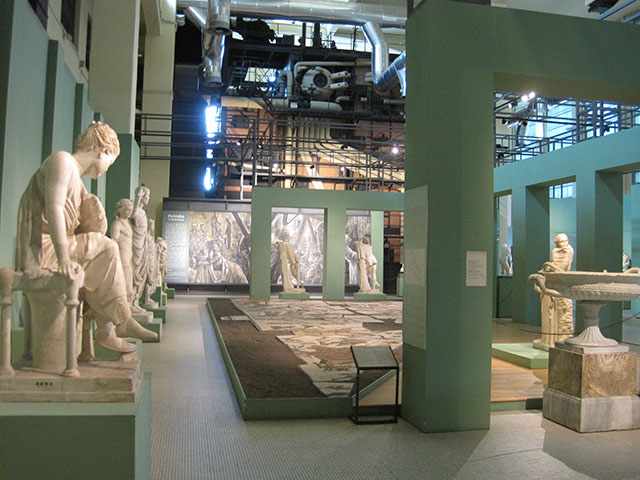 All photos by Ellen Ryan
All photos by Ellen Ryan
The idea of re-purposing outmoded structures for cultural purposes is not a new one, but the marriage of industrial architecture and classical archaeology of the Centrale Montemartini Museum in Rome achieves a particular alchemy that is worth seeking out. Visiting the museum provides, as the curators so eloquently put it, an “Olympian calm,” a state of mind that is woefully missing at more well-known sites in the Eternal City. Here, classical sculptures co-exist beautifully with the vestiges of a thermoelectric plant, each stronger for the pairing, their artistry heightened by the visual dichotomy.
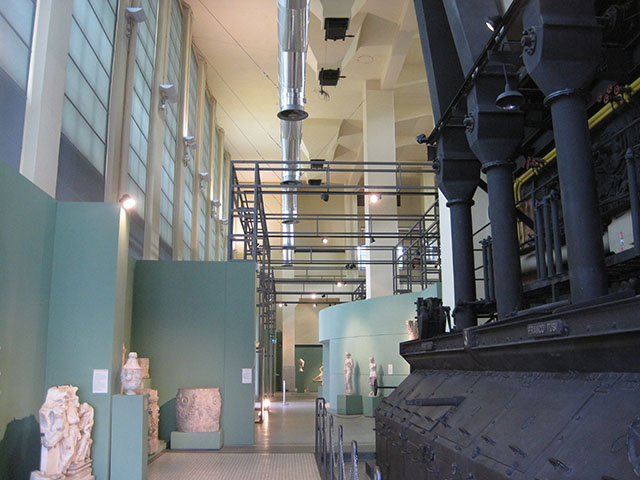
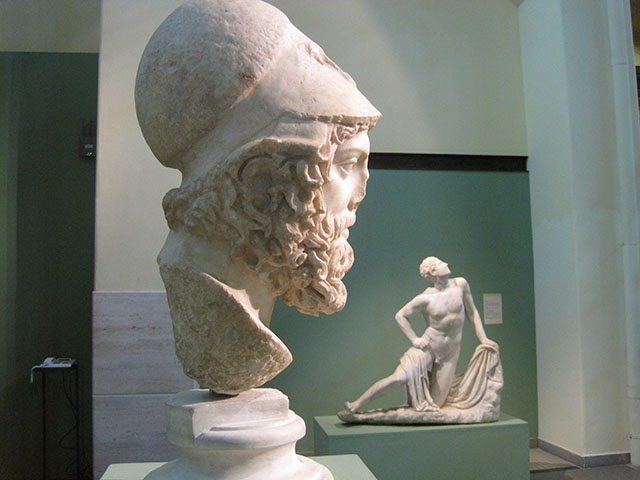
Located just outside the Aurelian walls and close to the Tiber, the Art Nouveau building and its preserved steam turbines and diesel engines are worthy of the trip on their own merit. Named for the engineer that designed the facility, the Centrale Montemartini was constructed on land purchased from a religious order and inaugurated in 1912. Fed from coal brought by railcar, it included engines similar in size and power to those in ocean liners plying the seas then and was Rome’s principal energy supply. Interestingly, ash generated by the plant was used as fertilizer for public gardens all over Rome.
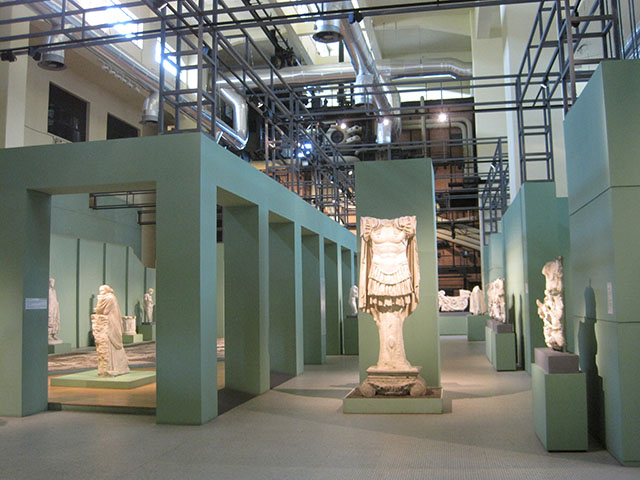
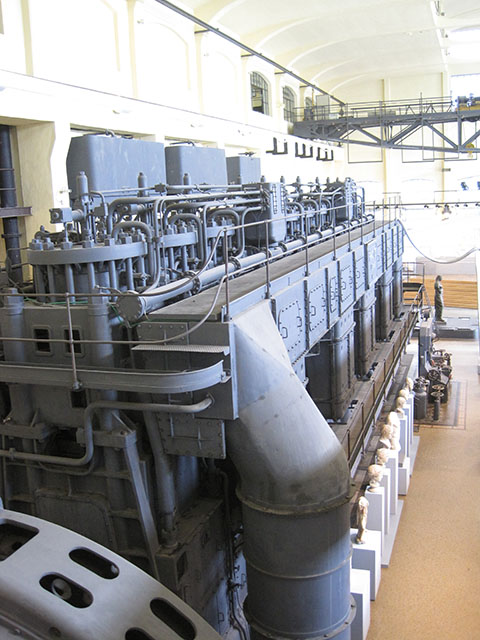
The plant, which was spared from bombing in World War II, became obsolete in in the late 1950s and was abandoned by the mid-1980s. Not unlike MoMA using temporary space in Long Island City in 2002 during its expansion, the Centrale Montemartini was first used for a special exhibition in 1997 entitled The Machines and the Gods, in which sculptures from the Capitoline Museums were relocated while restoration work proceeded on the Campidoglio galleries. The response to the show and the space was overwhelming, and the plant soon became part of the municipal museum system.
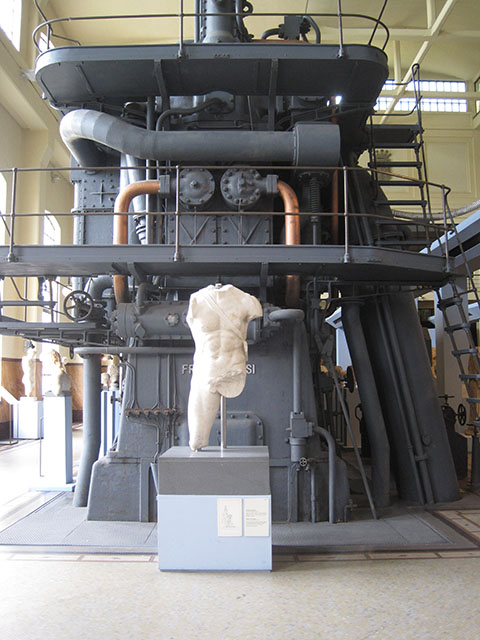
The collection of sculpture is representative of the spoils from several excavation campaigns from the late 19th century and the 1930s and includes statuary from tombs, residential villas, and temples, as well as beautiful mosaics from a garden on the Esquiline, one of Rome’s seven fabled hills. It may not have the crown jewels of imperial era sculpture, but its collection is varied and rich, and yours to enjoy at your leisure, with no lines or time limits.
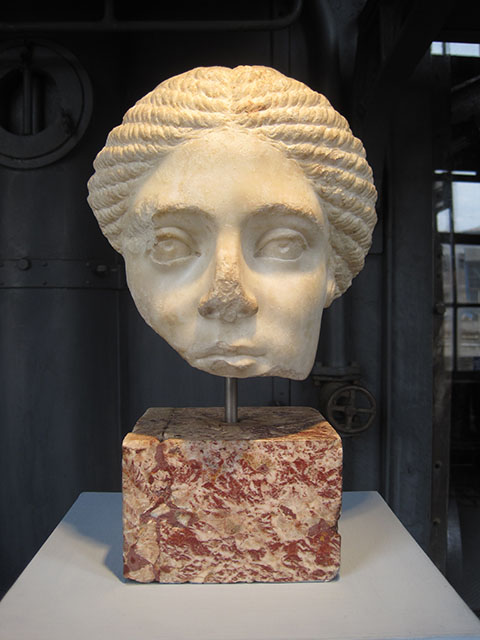
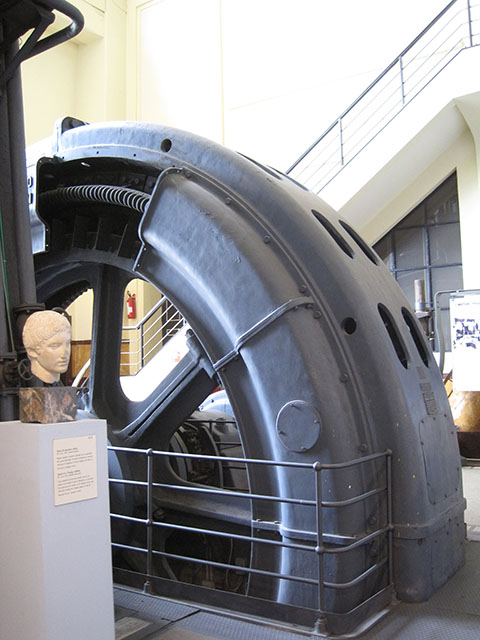
The building is located in Ostiense, in the southern quadrant of Rome. This mixed use neighborhood is grittier than Testaccio to the north and in the midst of incremental changes as it sheds its industrial past with new cultural, educational and commercial uses. Across Via Ostiense from Montemartini is a remaking of the defunct Mercati Generali designed by Rem Koolhaas and OMA. While signs of construction are evident, recent visits indicate no active work on the site. Further east is the very walkable garden city of Garbatella built in the early 1930s and reminiscent of American models such as Forest Hills Gardens in Queens. A stroll north from the museum will take you to the Protestant Cemetery in Testaccio, a verdant oasis with the graves of poets John Keats and Percy Bysshe Shelley, among the notables. Each of these destinations provides the perfect antidote to the teeming crowds of the Coliseum and overwhelming scale of the Vatican Museums.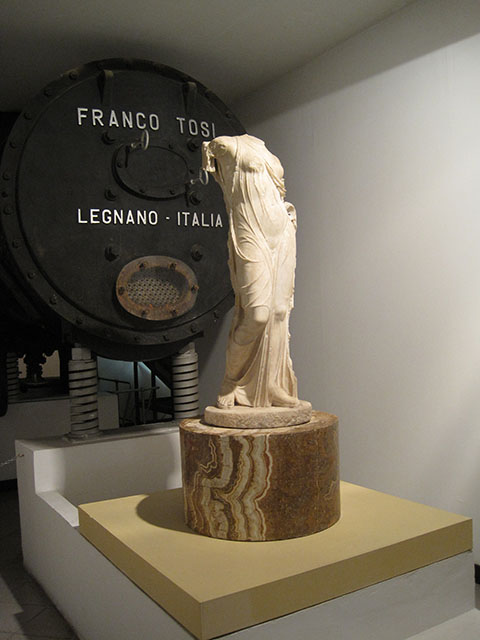
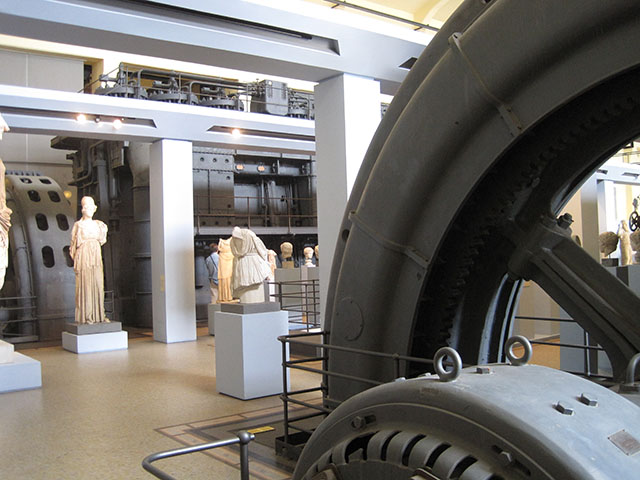
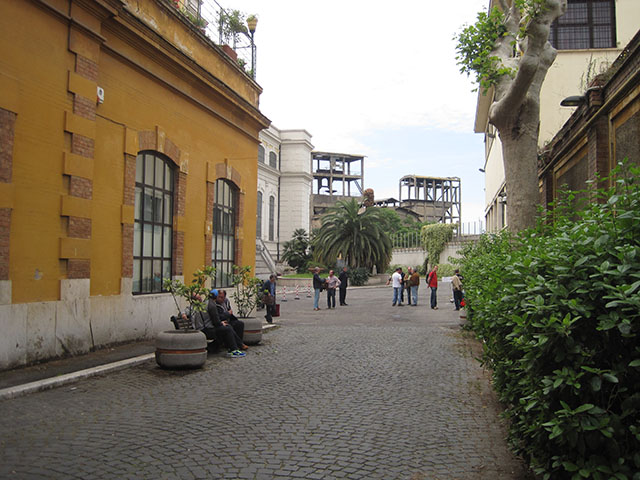
Centrale Montemartini, Via Ostiense 106. 9am – 7pm daily (Tues – Sun)
Admission: 6.50€
All photos © Ellen Ryan for Untapped Cities. Get in touch with the author @ellenville8.





